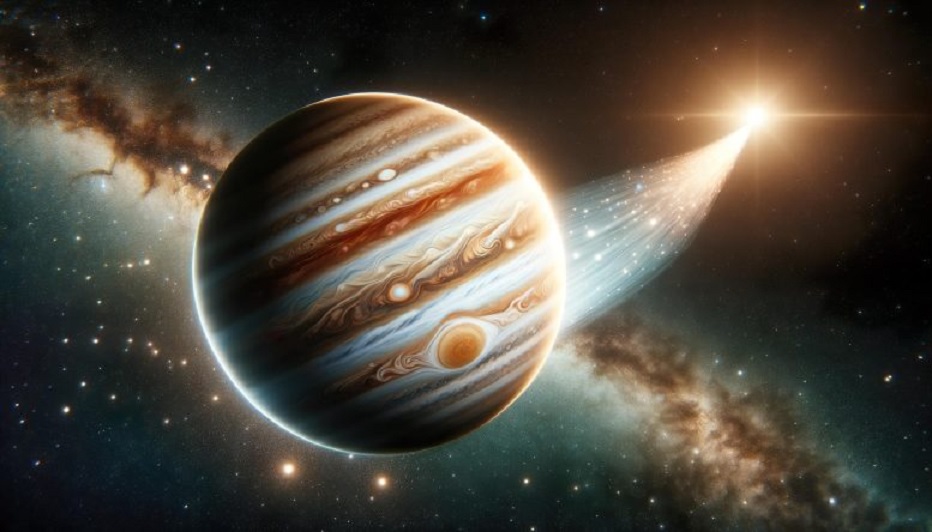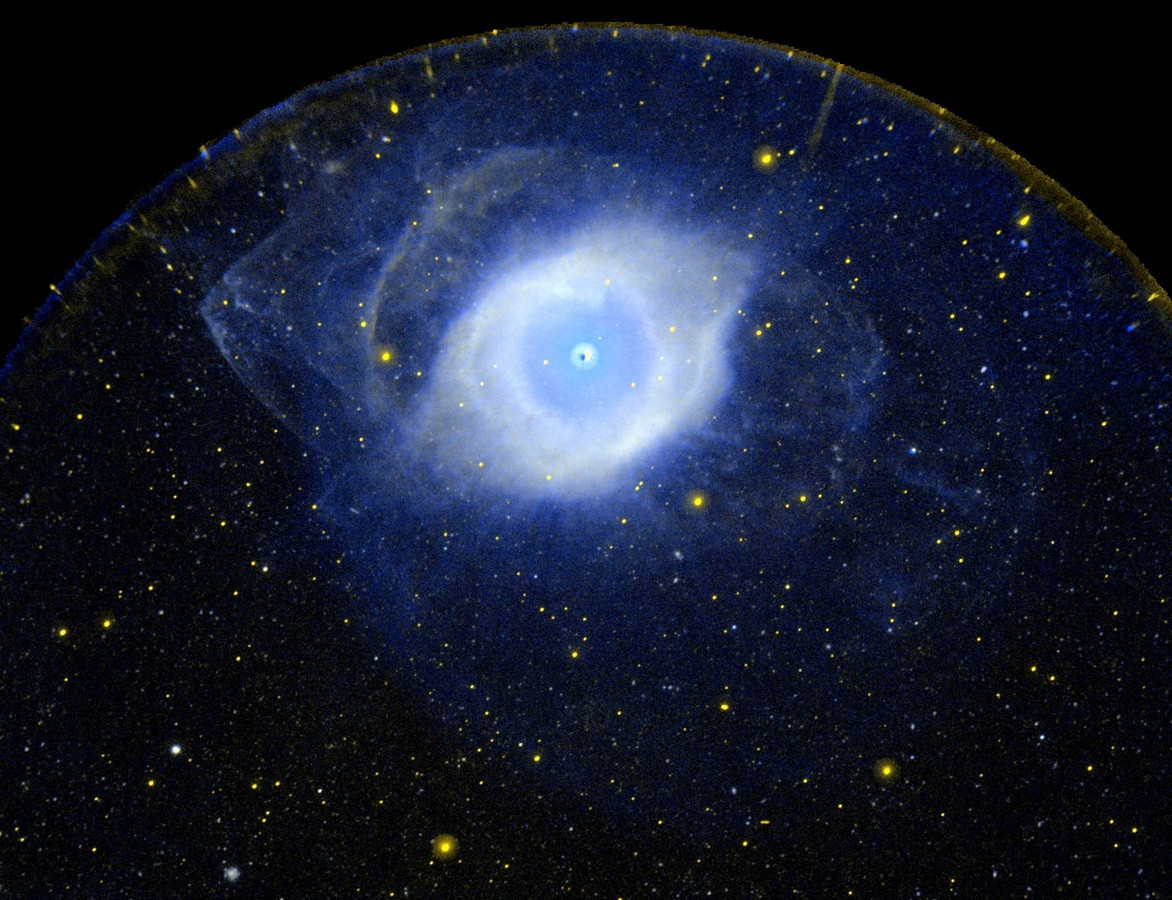Secrets and surprises continue to reveal themselves in the infinite world of space, constantly arousing our amazement and curiosity to discover more.
Since its launch in 2021, the James Webb Telescope has contributed to expanding the horizons of these discoveries, by observing space more precisely, revealing many of the beauties and mysteries of the universe. It has also contributed to enhancing our understanding of astronomical phenomena and opening a new horizon of exciting questions.
Great tail
New images taken by the James Webb Space Telescope revealed a strange chain of dust in the shape of a cat’s tail around a planet similar to the size of Jupiter, located about 160 light-years from Earth.
The planet, called WASP-69b, is located so close to its star that it is so hot that its atmosphere is constantly evaporating at a rate of 200,000 tons per second.
The images taken by James Webb are not a discovery of the planet itself, as it has been known to scientists for a decade as a giant gas planet orbiting unstable near its star. It is so close that it completes a complete orbit around its star in less than four Earth days. By comparison, Mercury, the planet closest to our sun, takes 88 days to orbit.
The new discovery in James Webb’s images that observed the great massive tail of this planet is that as the planet’s atmosphere escapes into space, the host star’s stellar winds sculpt it into the shape of a comet-like tail that follows the planet for a distance of at least 350,000 miles, much longer than previously thought. Scientists before.
New horizon
Scientists have confirmed that our ability to now see precise images of planets like WASP-69b helps reveal how stellar winds affect planets that orbit their stars closely, and that studying this type of atmospheric mass loss directly is pivotal to understanding how planets evolve across the galaxy. Over time with its stars.
Scientists indicated that they thought that this planet was losing a little of its atmosphere, and they expected it to have a small tail or perhaps nothing at all, but they have now discovered this huge tail that appears to be at least seven times longer than the planet itself.
Scientists explained that the mass of WASP-69b is about 90 times the mass of Earth, and that it contains a large reserve of material, and despite the loss of this huge amount of mass, it is not at risk of losing its entire atmosphere during the life of the star.


